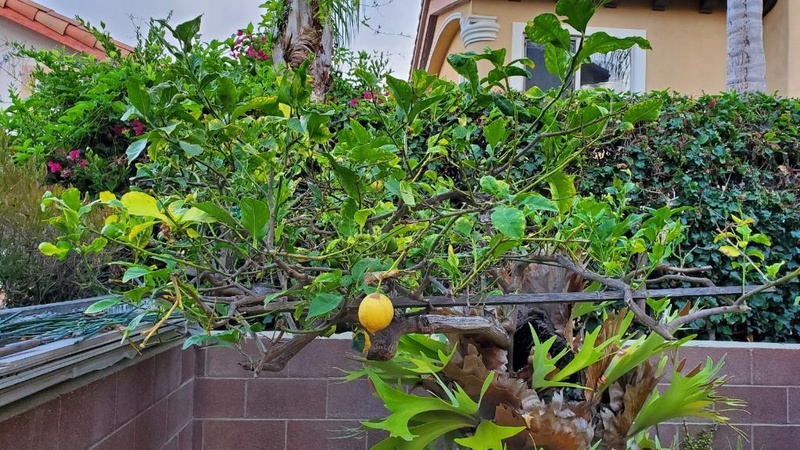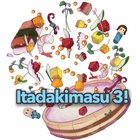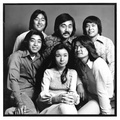Before the current tree came into bloom, its predecessor was flourishing elsewhere long before. The predecessor's keepers, a large Sansei sharecropper family, had to make the best of what they grew while still hoping to remain true to their ancestral roots. They were residing in shacks on other peoples’ land, then to a small barrack across the country barely capable of keeping itself intact, and soon back to a new shack as tiny as ever. Feeding the family a dinner agreeable to everyone was a seemingly never-ending struggle.
Over time, however, the most perfect formula was crafted: lemon-infused ramen. With the drops of a fruit exotic to their former homelands, the vast diversity of American products increasingly took initiative, placing itself in the family’s ever-growing identity as Japanese Americans.
From one war to another, the three eldest brothers joined the Korean War as the two youngest sisters remained in school. The youngest sisters found comfort in fruit trees, far beyond an additional ingredient to dinner, as they threw each other in while cars would motion to hit them on their walks home from school. Perhaps the brothers left home in hopes of getting a break from the constant ramen, as well as away from the new situations that their sisters were then enduring. Lemons rooted themselves in their childhoods, for better or for worse, while growing to become a source of comfort in periods of distress.
After the war, life would return itself to California for all three brothers at one point in time or another, and as the daughters grew, the remaining household was able to finally move to a residence of their own. The third eldest brother would live next door to his parents as the daughters furthered their lives, and thus, the current tree was born. It was too at this residence where the brother began a family of his own. Just like the new lemon tree would not be identical to its predecessor, the child would not be the same as his father. Mexican and Japanese cultures would mix, entangle, and detangle themselves in a prolonged cycle as the special ramen would always remain a highly probable dinner option.
The son, under the subconscious influence of the lemon tree, would grow to follow a path very similar to the ones his father and uncles had once created for themselves. He too would join the military in the midst of war, only the fighting had become much less frequent. As much as he took his father’s interest in cars and planes, such interest was not as much about fixing them as building models at home.
As for the father, the memories and emotions attached to the line of the original lemon tree kept the siblings, parents, and extended family close. Often would they visit each other's houses with their young ones like, and always made sure they would never live too far apart from one another. Though the original tree, by this point, was no longer physically prevalent, its effects on the family exist permanently, eternally, within their own hearts and the bodies of the successors.
As a new line of successors sprouts from the ground, Chinese culture emerges into the line of the third eldest brother. The lemon tree, as high-spirited as ever, continues to provide lemons for the persistent ramen, though occasionally, lemonade and fish tacos are created as well. Any way the lemon gets used, the first rinse will always serve as a reminder of what truly cements the family’s identity as Japanese Americans. Once cleaned up, it is squeezed into the mixture of an ever-growing family narrative where being Japanese American will likely—perhaps eventually—become but a small section of the whole.
© 2022 Chiana Fujiwara










